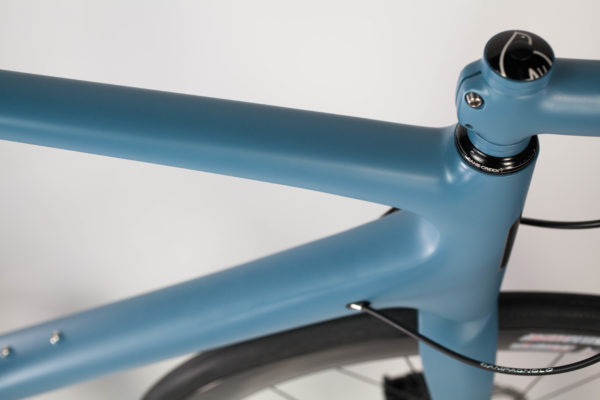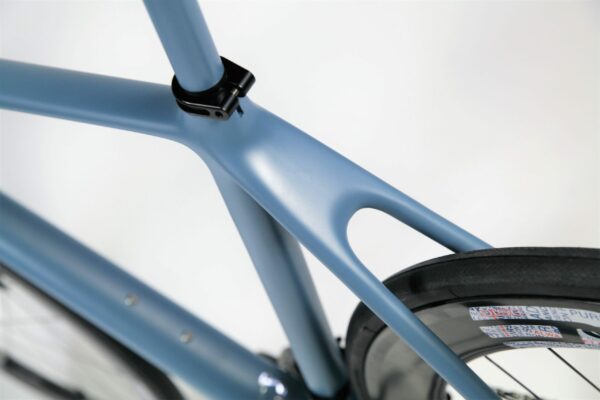By: Jeff Wyatt – Pinion Engineering
My first meeting with Carl was technical discussions, angles, lengths, diameters, widths – a lot of detailed sketching – discussion. However, it was what was unsaid that could be heard clearly that day from all – the frame was to be on the traditional side of the aesthetic.
The challenge then: How to show mastery of a complex, unrestricted material and simultaneously pay tribute to the nostalgia that continues to inspire us. How to take advantage of big structural cross sections while maintaining the silhouette of the past.
Personal inspiration came from a life of cycling – the birth of mountain biking, road racing, criteriums, epic days on steep climbs – Hinault, Lemond, Indurain… And, from a passion for design, engineering, manufacturing, and CAD.
External inspiration came easy.
Carl’s existing business – Strong Frames. His commitment to quality and mastery of materials raises the bar to produce the precision, timelessness, and quality of a luxury timepiece.
Existing frame design – Sturdy, not spindly, frames. Wraparound seatstays vs. fastback stays – you can emotionally feel the strength of the wider stance of a wraparound seat stay.
“Working simplicity” – this bike is meant to be ridden fast, far and often. The idea of a true race machine without superfluous features – remembering the days of racing constantly, without the high-end gruppos, high-end frames, the simpler the better because it will last day in and day out.
As much as I was inspired by what I liked, I was also inspired by what I didn’t like, what I didn’t want this to be and where I saw shortcomings in existing frame design and attention to detail. I also did not want my tools to limit the design as can be seen in so many frames these days – the skill of the CAD engineer often limits or truncates the original design intent.
Early sketching kept bringing me back to a well proportioned front triangle. Maintaining visual weight with a slight thinning back to the seat tube. Adding a bit of a bone-line to the head tube reduced the visual weight of the head tube area and produced a look only carbon can achieve. It is slight, but one knows it is carbon, not metal.


Combination mechanical/aesthetic areas are easily achieved with carbon and can be seen, for instance, in the subtle change of the downtube cross-section – it works aesthetically and structurally.
Overall, the inspiration for the MARK I came from a passion for cycling and engineering; the tech, tradition, and detail.